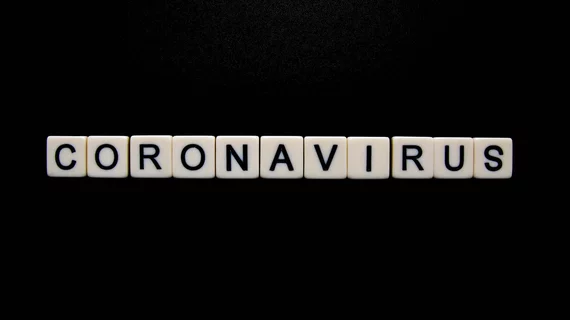Long COVID tied to microstructural changes in the brain, new MRI technique reveals
Radiology researchers have linked long COVID to microstructural changes in the brain, according to new research they are presenting this week at RSNA 2023.
Upward of 25% of patients develop this condition, experiencing symptoms such as brain fog, changes in smell or taste and fatigue for weeks or even years. Despite its prevalence, the basis of long COVID is poorly understood, experts noted.
Scientists have recently deployed diffusion microstructure imaging—a novel MRI technique that analyzes the movement of water molecules in tissues—to help close this knowledge gap. Comparing brain patterns in 89 patients with long COVID (against 46 healthy controls and 38 who had contracted the coronavirus without developing the condition) revealed some intriguing insights.
“Here, we noted gray matter alterations in both patients with long COVID and those unimpaired after a COVID-19 infection,” study author Alexander Rau, MD, a radiology resident with the University Hospital Freiburg in Germany, said in a Nov. 22 announcement from RSNA. “Interestingly, we not only noted widespread microstructural alterations in patients with long COVID, but also in those unimpaired after having contracted COVID-19.”
Rau and colleagues found no brain volume loss or any other lesions that might explain symptoms stemming from the condition. However, COVID-19 infection did induce specific microstructural changes in various parts of the brain, with the patterns differing between those who had long COVID and others who didn’t.
The study also unearthed a correlation between such microstructural changes and symptom-specific brain networks tied to impaired cognition, one’s sense of smell and fatigue. Those involved in the investigation plan to continuing tracking their subjects in the hopes of discovering further insights.
“Expression of post-COVID symptoms was associated with specific affected cerebral networks, suggesting a pathophysiological basis of this syndrome,” Rau said in the announcement.

